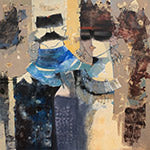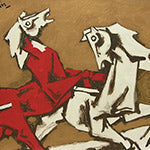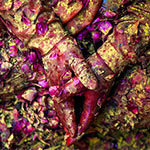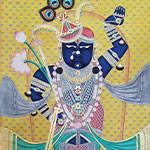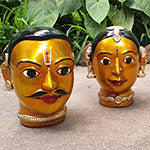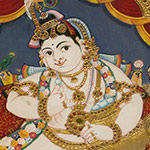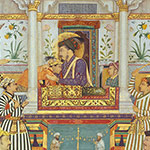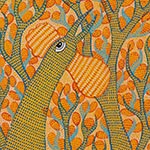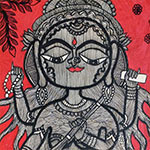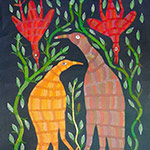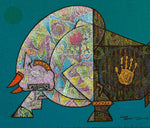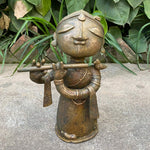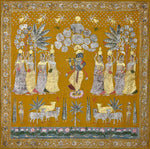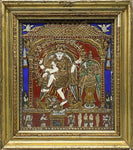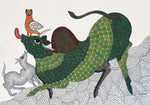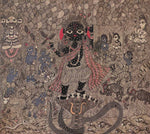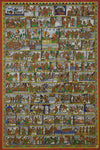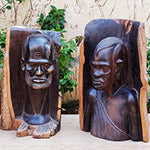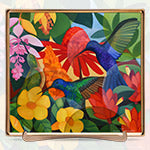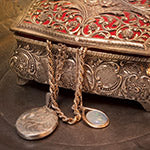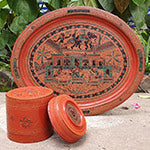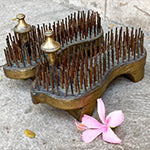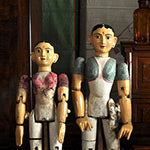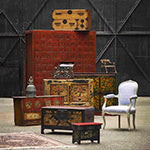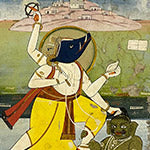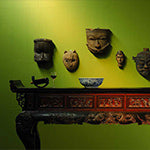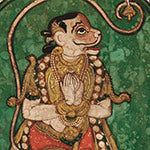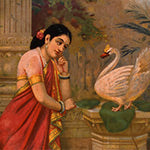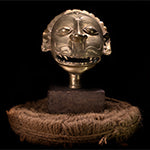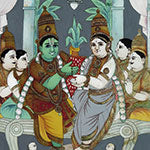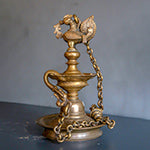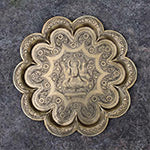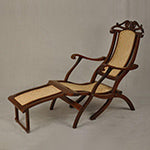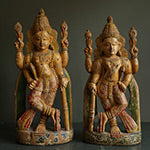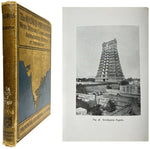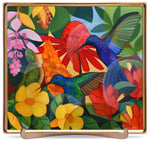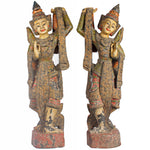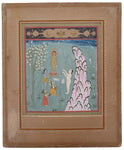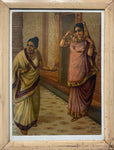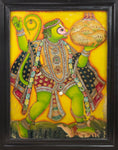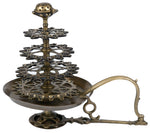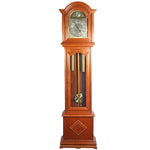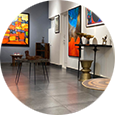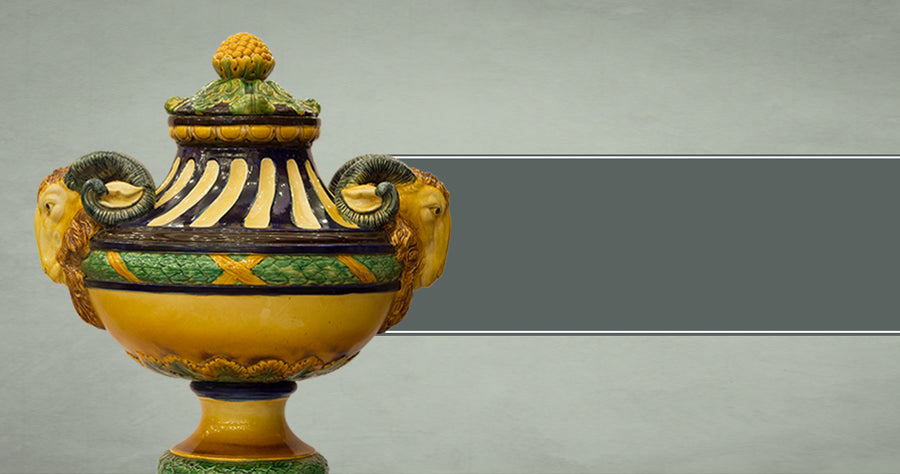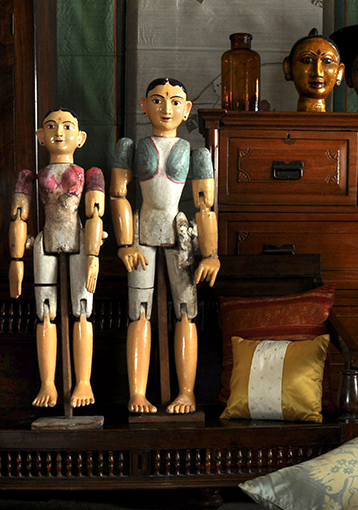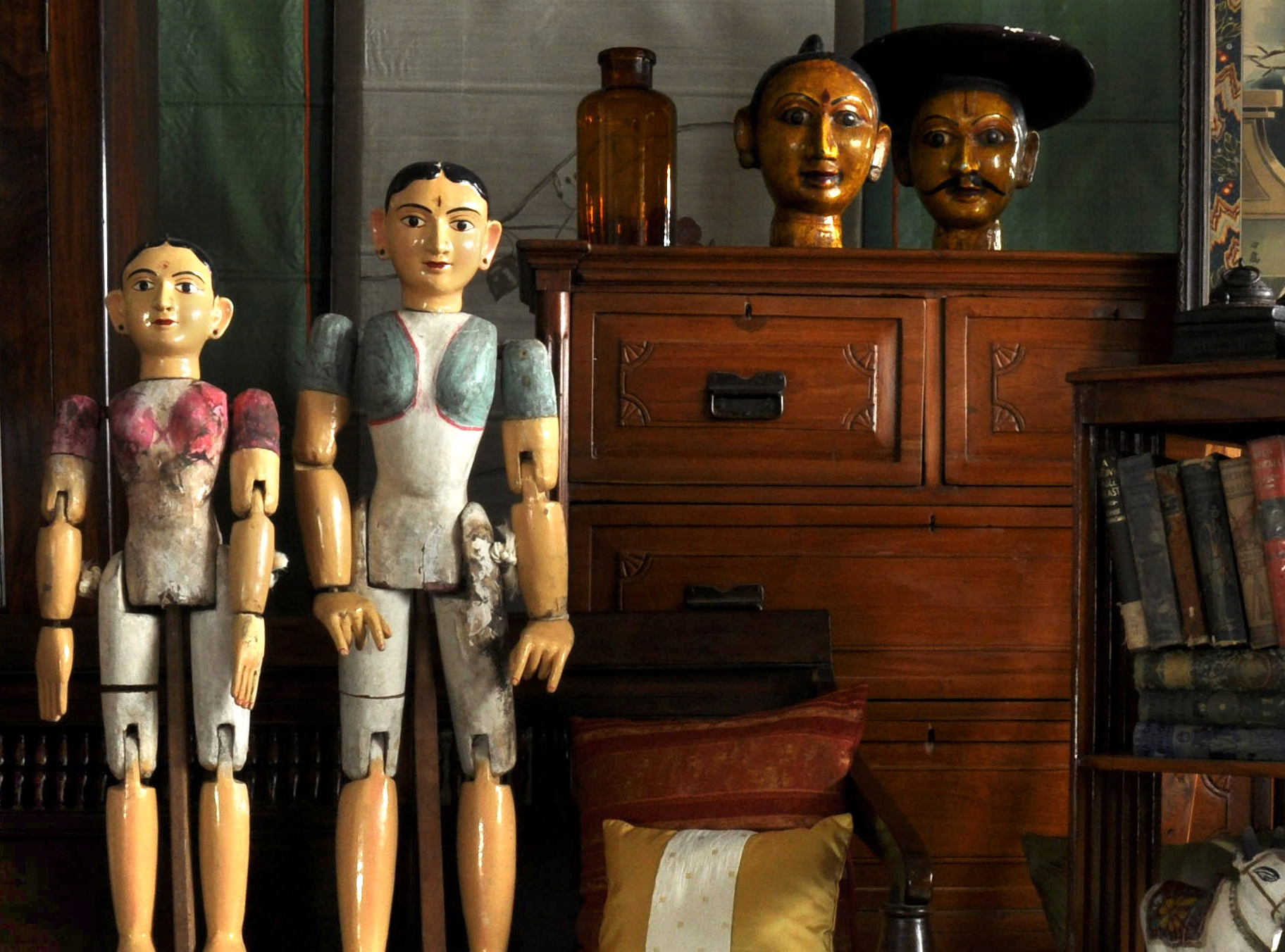How Art Meets Design in Pallavi Nopany’s Beautiful Creations
Creators And CollectorsWhen one thinks of art, the first thing that pops into the mind is paintings, made by creative people who capture the world in their beautiful works. But not too far away from ‘artists’, are another sort of creative people, the ones who infuse art into the daily, making even the most functional things we surround ourselves with, artistic and beautiful. Pallavi Nopany, Founder of the Design Studio “Pack of 2”, is one such creator. Blurring the lines between art and design, this graphic and packaging designer’s striking designs, for clients that include fashion designer Tarun Tahiliani and the 100-year old tea company Luxmi Tea, tell intimate stories that strike a chord with the viewer.

Finding Her True Calling
Born and brought up in the culturally nuanced city of Kolkata, Pallavi Nopany remembers accompanying her mom to adult art classes as a child. “My mom and aunt both studied art and now run an art school, so I grew up hearing names of eminent artists, and discussions about the technicalities of art,” she recalls.
But a fascination with building things made Pallavi pursue engineering in college, instead of an art degree. And as is the fate of many engineering students, she found herself in a mundane IT-sector job at Infosys after graduating. “In the first year itself, I realized I wasn’t cut out for IT. This one day, I just couldn’t get out of bed and go to work. That was it for me, I quit without really knowing what I wanted to do,” Pallavi shares.
With creativity brimming from the inside, Pallavi immersed herself in the performing arts, experimenting with everything from dance to theatre to music, and even spending a summer learning Spanish at the University of Granada in Spain. An internship with a design studio in Bangalore finally made her find her calling, and since 2012, Pallavi, with a small team, has been creating beautiful designs for an impressive list of clients.
 Left: Packaging design for Coffee Mechanics, Right: Wedding Invite designed by Pallavi Nopany
Left: Packaging design for Coffee Mechanics, Right: Wedding Invite designed by Pallavi Nopany
An Artistic Approach to Design
Pallavi Nopany is a self-taught designer, picking up skills from a wide range of sources like art books, tutorials on the internet, and even her time doing theatre and at dance school. “I dabbled with oils and acrylics as a 11-year-old. Even though I never went to art school, I developed an artistic eye and a sense of scale and composition, simply because of the environment I grew up in. And these principles are relevant to design as much as they are to art. Similarly, during dance classes, I learnt 3D concepts such as spatial awareness, and the importance of balancing light with dark, which are applicable to my 2D designs as well,” explains Pallavi.
The subtle way in which Pallavi has imbibed so much from the world of visual and performing arts into her design work is remarkable, and perhaps the reason why her creations are so thoughtful and beautiful.
 Tea Tins designed for Makaibari Teas
Tea Tins designed for Makaibari Teas
Of Inspiration and Aesthetics
Pallavi Nopany’s designs are a joy to look at, with her pleasing palette of soft colours. They possess an old-time charm, which she says seeps in unintentionally. Her delicate, lifelike illustrations of flowers and leaves, as seen in the crockery she designed for Kika Tableware, or in the logo of the organic food store Happy Healthy Me, are reminiscent of old botanical prints, and a tribute to her love for plants. “I learn a lot of design principles, like layers, textures, use of negative space and balance, by observing the plants in my home garden,” she says. Another quality of her work inspired by plants is the sheer elegance; Pallavi tries to stay away from the loud and kitschy, for a look that is clean and timeless.
 Pallavi Nopany's nature-inspired designs for Kika Tableware
Pallavi Nopany's nature-inspired designs for Kika Tableware
“I like soft colours. Even the art I like typically has muted tones. I love Bratin Khan’s use of colour and textures, as well as Amit Bhar’s soulful depictions of Banaras,” she shares, when asked about her favourite artists.
Pallavi’s home is an extension of her design style - a mix of minimalism and quiet luxury. Every chair, cushion and accent piece is much used and much loved. “Beauty is a prerequisite for my day to day living. I like to invest in pretty things for my home, because they are things I have to see and use every day,” says Pallavi. It’s no surprise then, that one of Pallavi’s favourite aspects of her work is that she gets to make seemingly mundane objects, like tea packets and journal diaries, look beautiful with her designs.
 Cooking Journals designed by Pallavi Nopany
Cooking Journals designed by Pallavi Nopany
Storytelling Through Design
A compelling feature of Pallavi’s creations, is her ability to really understand a brand’s story, and narrate it beautifully with her designs. From doodled illustrations of the coffee-making process on a packet of coffee, to an illustrated map capturing the essence of a 100-year old tea estate, her designs delight all the senses. “I immerse myself completely in the brand’s story. When I was designing a coffee table book for luxury carpet company Obeetee, for a collection they launched in collaboration with Tarun Tahiliani, I visited their factory, understood the entire process of carpet making, and spent hours understanding Tarun’s design inspirations and philosophy. It’s important that I capture the soul of the brand,” she shares. Her deep involvement is evident when one sees the regal coffee table book, complete with a velvety, carpet textured cover featuring intricate gilded patterns.
 Map of the Samsing Tea Estate, illustrated by Pallavi for Luxmi Tea
Map of the Samsing Tea Estate, illustrated by Pallavi for Luxmi Tea
 Cover of the Coffee Table Book for Obeetee Carpets, designed by Pallavi Nopany
Cover of the Coffee Table Book for Obeetee Carpets, designed by Pallavi Nopany
Where Art and Design Converge
The line between art and design is a fine one, and Pallavi Nopany has an interesting take on the differences. “I don’t like calling myself an artist, because artists do much more than just creating pretty things. Some artists have shaped movements and impacted society. But as a designer, I consciously try to bring an element of art into my designs,” she says. Pallavi believes that art should be looked at as more than just an academic exercise, and wants to transfer the evocative power of art to ordinary objects with her designs. “When daily objects designed by me can make you feel what art makes you feel, that’s probably when I’ll feel comfortable calling myself an artist,” she says.



